How to use olive color in the interior?
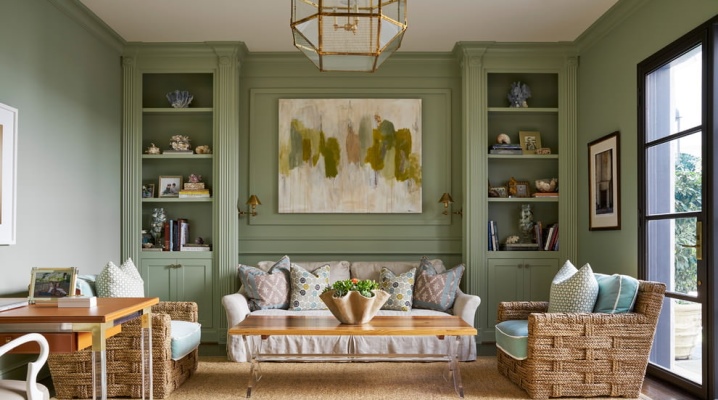
The choice of color scheme when creating an interior composition is of great importance. It is on him that the aesthetic perception of space and the degree of comfort depend. It is no coincidence that olive color is included in the palette of demanded colors: due to its psychological perception, it is able to bring the desired mood into the room, suitable for all family members.
You will learn how to use this color correctly from the material in this article.
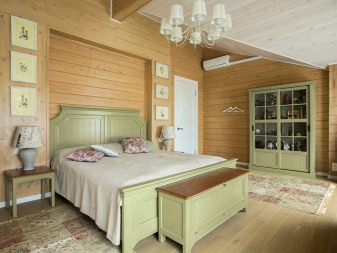
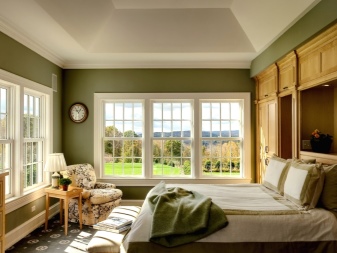
Description
Olive or olive color is not universal. It is complex, it does not get along with every color contrast and does not accept random things in the interior of a particular room. It cannot be called perky and dynamic, even if it is quite intense. Rather, it is the color of calmness, well-being and some kind of stability.
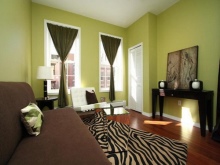
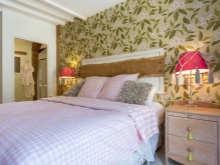
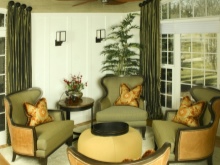
He is able to change his emotional color depending on the color companion. This is what sometimes determines the choice of interior style. For example, together with gold, it will make an excellent duet in a classic design, if there is no gold, it seems modest, in need of bright accents. It cannot be called juicy, for some it may seem depressing at all.

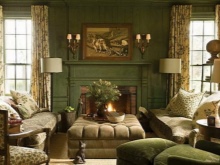
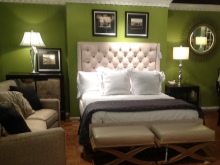
Depending on the temperature and saturation of the undertone, olive color can tune in to inner peace and harmony, calm down, distract from everything, showing indifference. At the same time, it can create an aura of mystery and understatement. Therefore, the choice of tone must be approached thoroughly. At the same time, the color of olive can be combined with bright colors of the color palette.

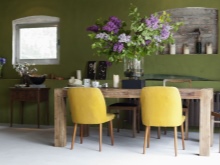
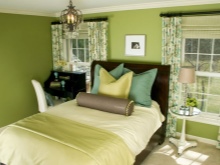
Shades
The olive color palette includes different tones, for example:
- light olive;
- gray olive;
- olive green;
- beige and olive;
- weeping willow color;
- watercress;
- polished gold;
- olive branch;
- military olive;
- olive marsh;
- dark olive.
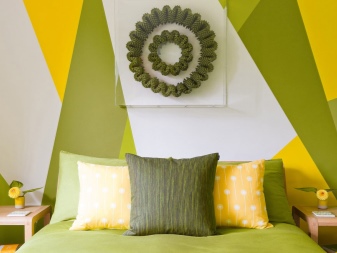
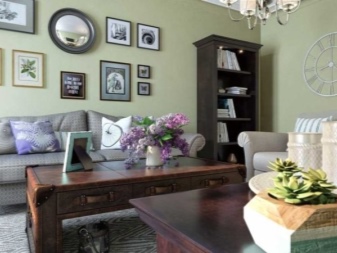
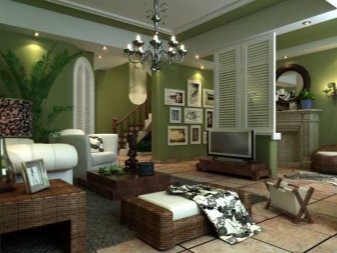
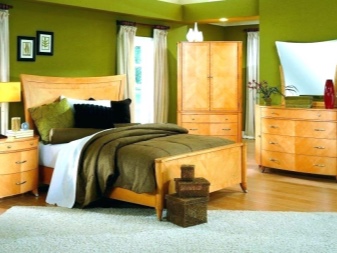
Despite the rich color gamut of shades, all of them are muted and need metered use. With an abundance of any of them, the interior will become dull and depressing.
What colors does it match?
Depending on the use of a contrasting color, when decorating the interior, olive color can acquire different emotional colors.
The best harmonious color options are combinations of olive color with:
- white, light coral and brown;
- variegated woody and white;
- beige, wine and brown;
- white and marble;
- white, milky and gold;
- white, orange and woody;
- white, sand and run.
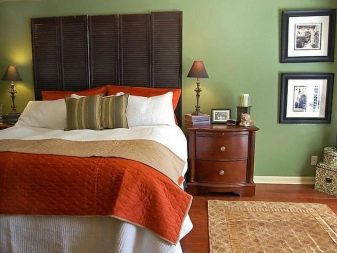

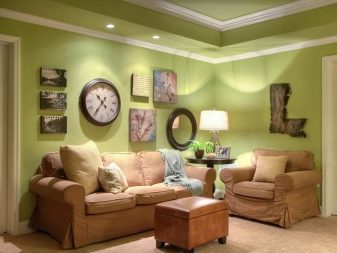
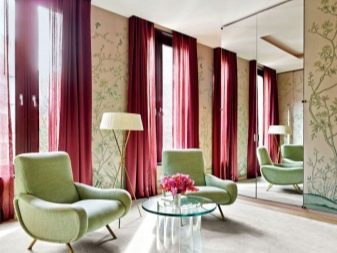
Olive color, depending on the degree of saturation, allows the combination of two related tones. With the help of olive color, you can create bright interior compositions, because it allows a combination not only with natural colors, but also with other tones of the color palette.
For example, this color is complemented with contrasts to create a bright interior:
- lemon yellow and purple;
- red-orange, burgundy or terracotta;
- green and blue accents;
- yellow coupled with orange;
- sandy orange or purple.
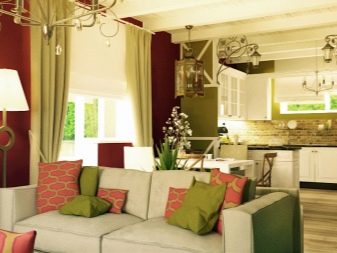
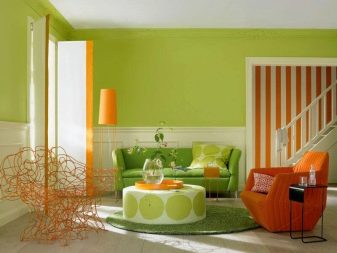
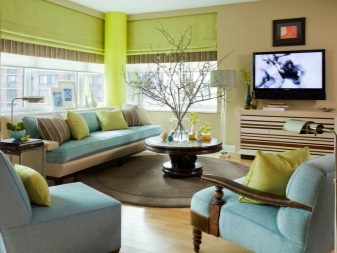
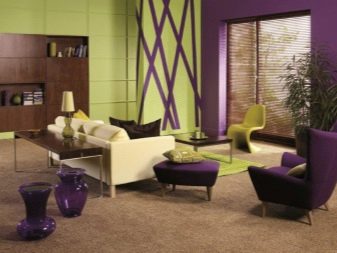
As for other contrasts, they often look negative. For example, if you add black, you will have to draw out the interior with light colors. Red is completely inappropriate here, blue is used extremely rarely.
A white companion is vital to prevent depressive coloration.
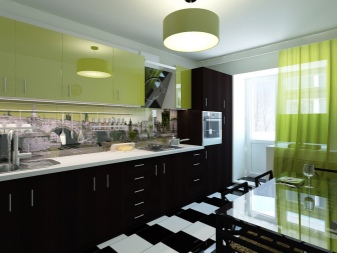
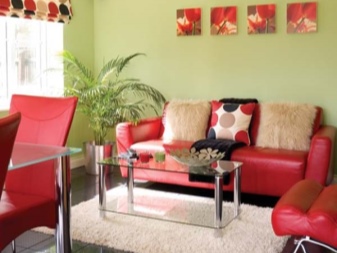
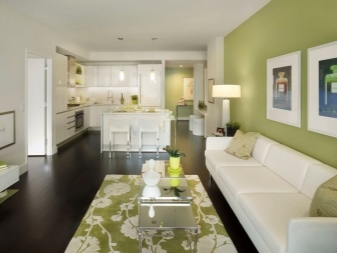
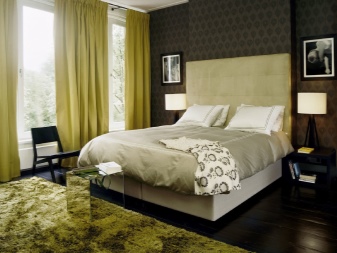
Finishing rules
Depending on what color of olive it is decided to use for interior decoration, its volume will depend when drawing up the design of a particular room. But at the same time stylists pay attention to several key rules for the harmonious use of color.
- When choosing a tone, you need to take into account the interior style taken as the basis for the design.
- It is impossible to allow different colors of the dwelling rooms in order to avoid emotional discomfort when entering a room with olive-colored elements.
- The color is complex, and therefore there is no need to further complicate it with an ornate pattern or intricate texture.
- In a limited space, there should not be a lot of it, it is enough to limit yourself to the size of the interior accessories.
- It is not necessary to create an olive space for one functional zone: support for the olive color is needed, but an overweight in one place is unacceptable.
- Regardless of the selected olive color saturation, the lack of illumination will make the interior dull, the shades of the luminous flux should not be cold.
- Neutral tones alone are not enough for olive color, and therefore a positive color must be included in the interior.
- The number of shades when drawing up a design should be at least four. At the same time, it is allowed to include in the design an additional related olive color to add versatility to the interior.
- It is impossible to complicate the dark olive color with black, especially in small rooms.
- In order to prevent the effect of pessimism, it is better to give preference to light olive tones.
- You need to select the color, focusing on the side of the exit of the windows in order to prevent color distortion. For example, if the window faces north, the olive color will appear colder.
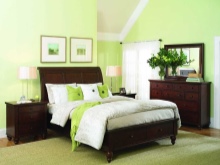
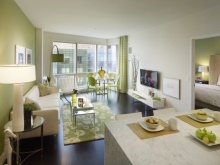
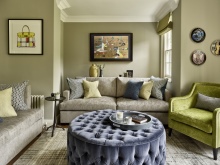
As for the texture, everything here will depend on the chosen style. For example, in a rustic style, preference should be given to textiles made from natural fibers. If the design is in the Venetian style, it is more expedient to rely on the texture of Venetian plaster. In this case, an accent wall with a mother-of-pearl shine will look very impressive.
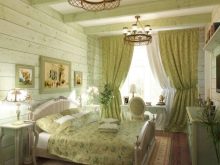
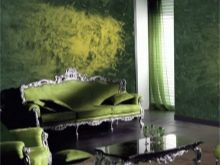
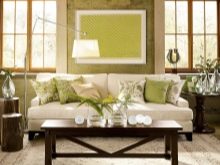
Olive accents options
Depending on the adopted stylistic decision, olive can be used in different things. In this case, the purpose of a particular room is also of great importance.
Living room
If you need to choose a color for the living room, look at its illumination and design features. For example, you can make the ledges of the walls or the fireplace area, a niche with shelves for books, or a part of the wall where the key accent of the room is located - the sofa, can be made olive. If the decision is chosen to use color in the upholstery of furniture, the walls should not be olive - this is too much.
It is possible to combine a color with support using it in:
- pouf and sofa material;
- wall cladding and picture frame color;
- wall niche and floor flowerpot;
- accent wallpaper and coffee table top;
- textiles of curtains and floor lamps of table lamps located on side tables;
- curtains and ceiling decoration;
- the material of the covers for the upholstered furniture and the color of the flower pot;
- material of cushions and curtains.
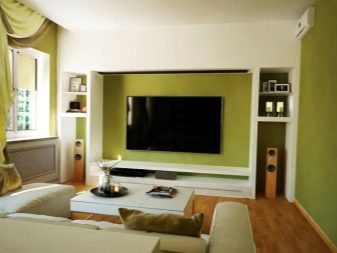
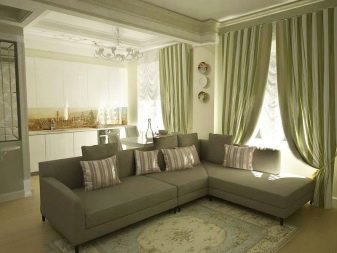
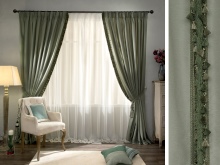


Bedroom
It is preferable to use a light olive color in the bedroom, and it should be dosed. At the same time, it is not at all necessary that the olive tone dominate in the color scheme. Sometimes it looks better as an addition to a different interior color. For example, it can be used to add versatility to a green, pink bedroom.
In general, it can be applied as:
- decorative pillow cover;
- satin bedspread or soft blanket;
- light tulle or sheer curtains of different cuts;
- pouf and carpet;
- wallpaper for the accent wall at the head of the bed;
- dressing table (in a light tone);
- decorative jewelry box;
- floor lamp for wall or table lamp;
- finishing the ceiling or ceiling lamp.

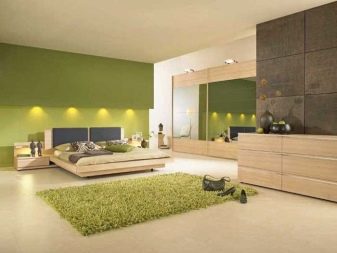
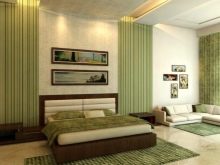
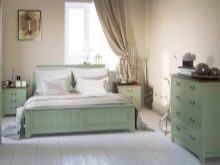
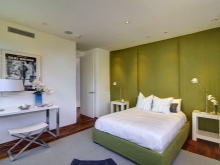
Kitchen
The kitchen needs dynamics, and therefore the olive shade will need to be used here together with bright contrast. For example, it can be a beautiful tile for a kitchen backsplash or skinned with a pattern in a specific style. These can be combinations of related shades of olive with orange, burgundy or lemon yellow.
Alternatively, you can apply olive color in:
- facades of floor and wall cabinets of a kitchen set;
- the colors of the kitchen apron and the inner walls of the niche, rack;
- support legs of the dining table and chairs;
- window curtains and dining tablecloths;
- seat covers for chairs and dish trays;
- drawing, painting or photo frame;
- finishing the ceiling or ceiling lamp;
- material of wallpaper and flower pots.
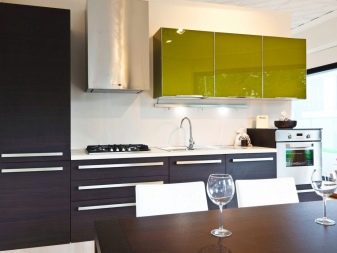
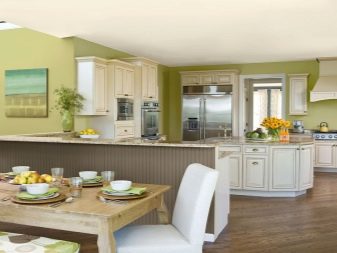
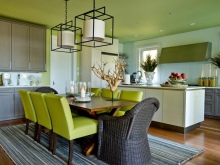

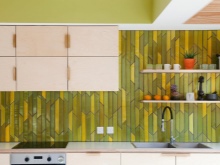
Hallway
There is always little light in the hallway, because it is often designed without windows. In this case, the olive must be light and must be complemented by a white companion. This allows the visual imbalance to be drawn out and not to allow the entry into the dark tunnel.
In addition to making one of the walls olive green, you can try using the olive tone in interior elements such as:
- dressing room modules;
- a wall of a undressing rack or an accent spot for a mirror;
- illuminated niche rack for hats, gloves, scarves;
- part of the wall with a small photo gallery located on it;
- wall panels made of plastic or wallpaper made of washable material;
- front door and ceiling lamp decor.
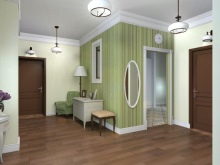
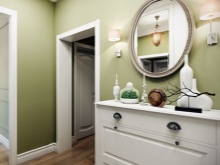

Children
So that the olive shade does not strain the child's subconscious, you need to choose it correctly. For example, he not only should not dominate, but also cannot be acid-bright. Rather, it will be an addition to a different dominant.
If this is a girl's bedroom, it is enough for the color to appear in the colors of the bed linen, the decor of the lamp.

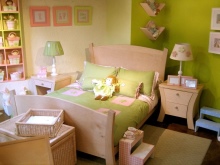
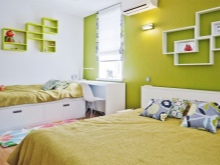
For teenage boys, you can incorporate paint palette into your wall decor by choosing, for example, graffiti wallpaper. In addition, olive can be used as an element of a sports corner, play area, carpet. It can be part of a school corner (for example, it can be used to decorate the front of a desk or its fittings).
The less it is, the brighter it can be.



Style selection
If you approach the design of your home with all responsibility, you can take different branches of design as the basis for the style. For example, bleached olive can decorate classic trends, which include classicism, classicism, neoclassicism. At the same time, gold and stucco molding must be added to the bleached olive. These are indispensable attributes of classical trends that strive to demonstrate palace solemnity.
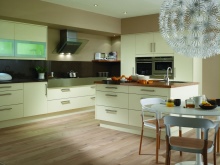
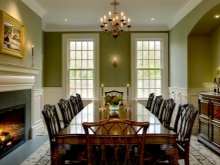

When you want to create a modern interior, the emphasis is on modern materials, their conciseness, but at the same time a certain elegance. For example, if it is modern, you can use light olive plastic, metallized surfaces for design. This is an excellent solution for the interior of the kitchen, living room, as well as studio apartments. The minimalism style allows the use of olive wallpaper, curtains, dishes, but without a pattern and complex texture.
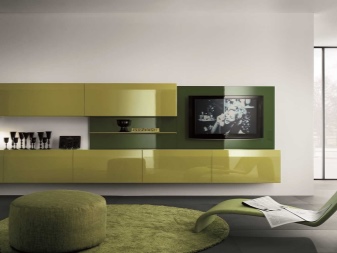
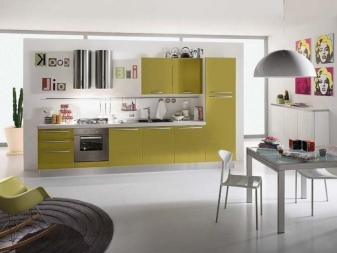

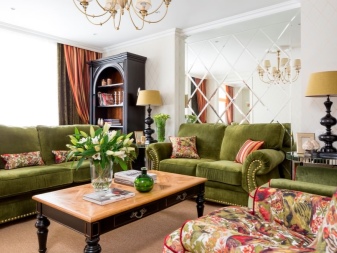
When it comes to areas such as ethnic style, you have to think through every little thing. For example, for the Arabian style, it is important to show the abundance of textiles and carved furniture, and therefore olive color can be used both in the material of bed linen, cushions, curtains, and in the decoration of a bed or an armchair. If you want to use it in a rustic type of design, you need to be extremely careful not to turn the interior into a kind of wooden box.
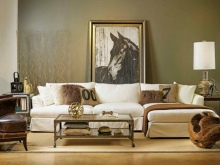
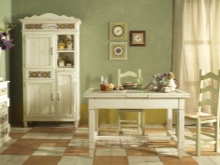
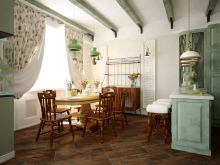
Here you need to draw out the lack of light, there should be a little olive finish. For example, in a dark room, bleached olive curtains will look better than a dark, and even grayish-olive sofa.
As for the addition of gray undertones to olive, this shade looks great in rooms bathed in the sun. For the harmony of its perception, it is advisable to rely on the high cost of texture, rather than complementing it with various variegated colors.
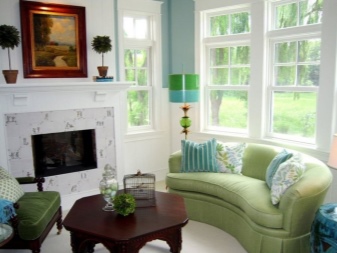
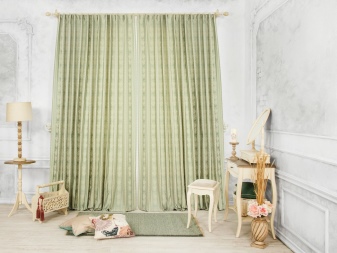
Examples in the interior
Nothing will tell you more about the possibilities of design using olive color, as illustrative examples.
A room with functional space zoning.
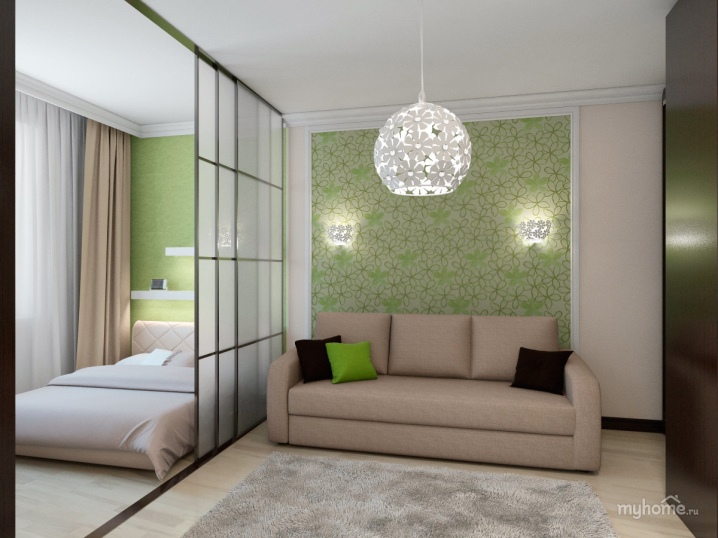
An expressive combination of olive, different in temperature.
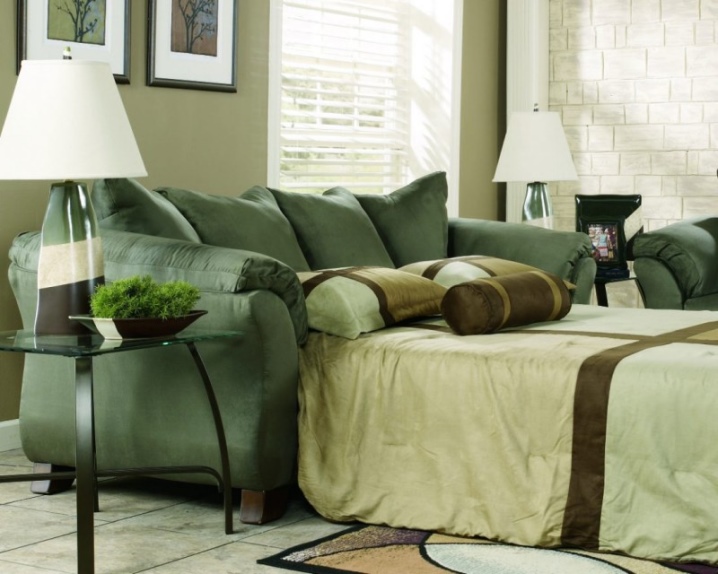
Interior in light colors.
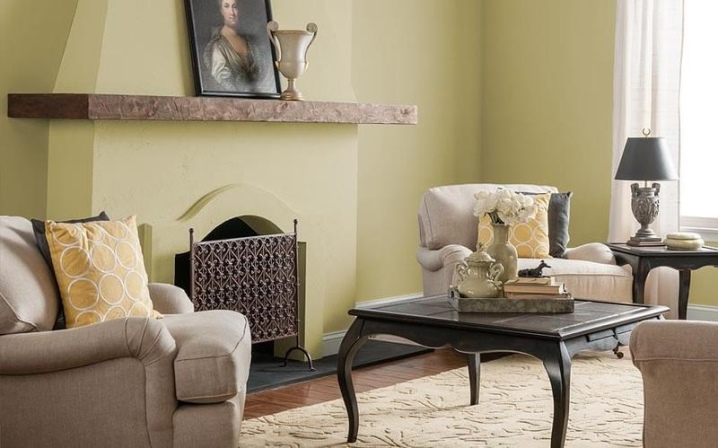
Classic living room with olive color.

The interior is in a modern style.
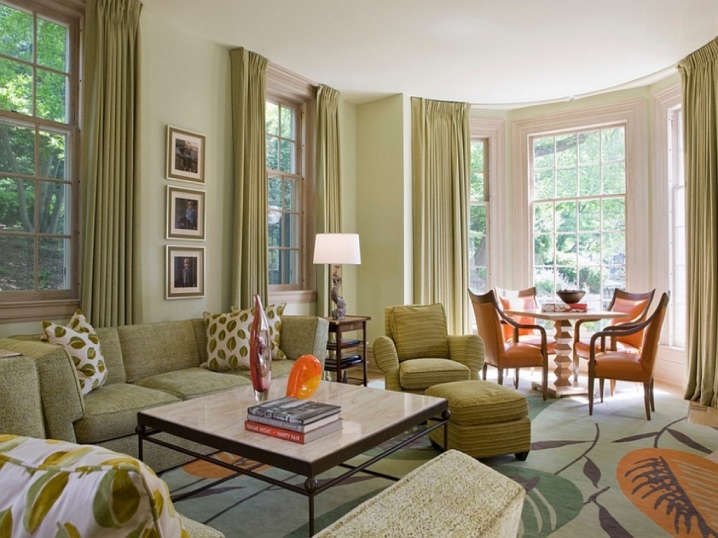
An example of a good contrast of olive shade.

Striking design in a modern style.
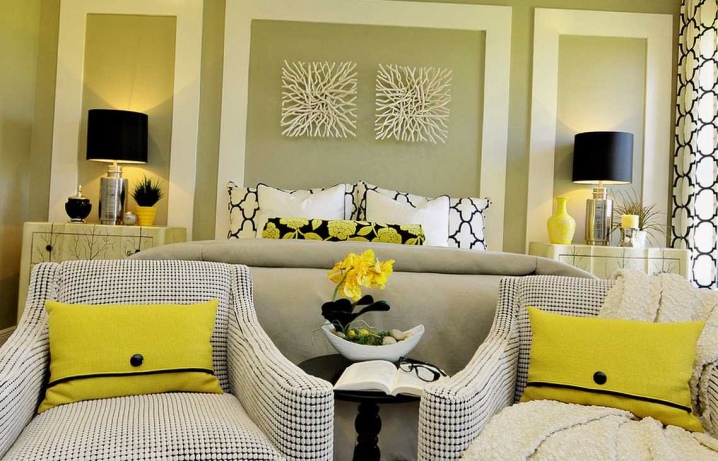
Cozy kitchen with olive elements.

Hallway interior with olive elements.

Vintage style with olive color.
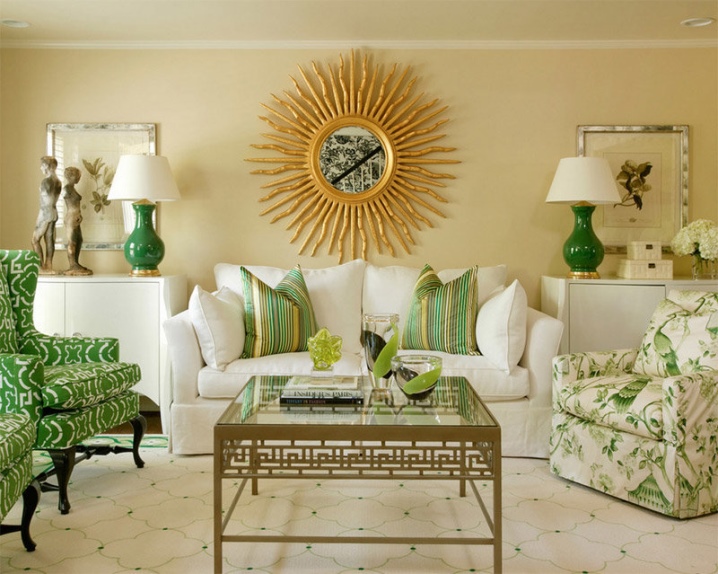













The comment was sent successfully.